One Seat Does Not Fit All: A Guide to Flexible Seating in the Classroom
- February 28, 2018
- By Robin Lee
In this post, 5th and 6th grade educator Robin Lee, of Fremont, New Hampshire, shares how she’s implemented flexible seating into her classroom over the last 12 years to great effect.
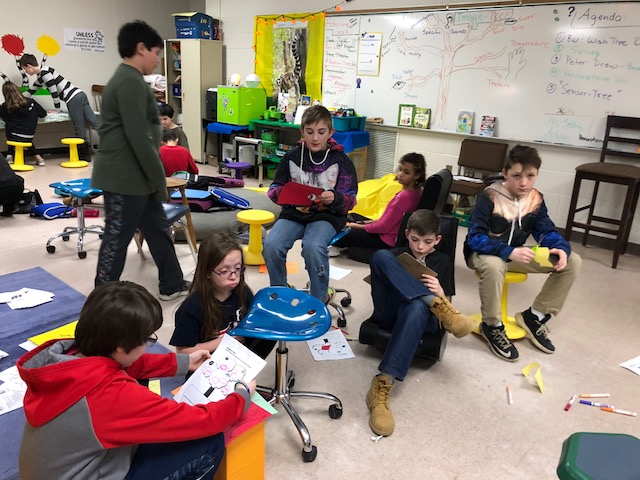
Flexible seating is becoming a key element in classroom design. All students do not learn in the same way, nor do they all learn best with traditional seating. Want to know more about integrating flexible seating choices in your classroom? Hold onto your seat!
What is Flexible Seating?
Flexible seating is when students choose the type and location of their seat in the learning environment.
In my classroom, students have a variety of choices that include the standard, hard-backed chair with a table or desk. These varied choices include, but are not limited to the following: stools, wobble seats, bean bags, carpets, rolling tractor seats, living room furniture, gaming seats, standing desks, and rocking chairs. I encourage students to try various learning positions to fine-tune what works for them.
Why Flexible Seating?
Integrating flexible seating reflects many positive changes in the classroom. Resounding responses by my students convey that flexible seating is more comfortable, helps get their ‘wiggles’ out, and assists in focus. They also report that they enjoy being able to choose seats that fit their mood: relax and spread out on the bean bag, move around on the tractor seats, join a group on the wobble stools, or tuck into the corner chair to focus alone.
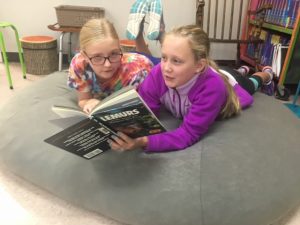
I find that the mobility of flexible seating nurtures collaboration, teaches self-regulation, and motivates metacognition.
- Students grab a stool at a moment’s notice to collaborate in a group.
- They learn to self-check when they get preoccupied with the seats.
- They learn to discern which seat is best for them; the ability to choose according to their preference encourages ownership of learning.
What are the Challenges of Flexible Seating?
Flexible seating comes with some challenges, of course. Students tend to become extra wiggly, sometimes distracted, occasionally unsafe, and possessive, when they first start to use the new seating choices. I look at these issues as an opportunity to encourage, nurture, and model new skills. Proper use and equal use top the list of these challenges, and there are tools I use to offset them.
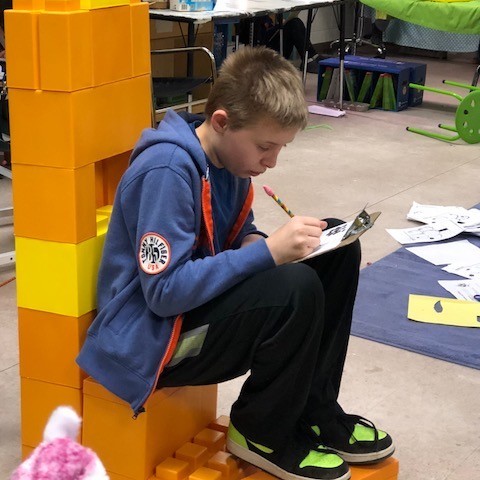
I start with explicitly teaching kids how to use the seating, model the right and wrong way to sit, and explain WHY we have the seats and usage expectations. I follow up with hanging anchor chart reminders of the expectations. If a student misuses a seat, I guide them back to the anchor chart, expectations, and consequences of misuse. This procedure may take time and patience, but always keep the benefits in mind: practicing and learning self-regulation and accountability.
Additionally, setting up a system for equal use is important. At first, students would argue over who uses what. Initially, I use an attendance grid to assign who has the seating for the day. After they’ve gotten the hang of that, students take charge of monitoring turns. This creates the opportunity to engage students in open dialogue about sharing. As with appropriate use expectations, this character-building time proves beneficial throughout our classroom community.
How Do You Implement Flexible Seating?
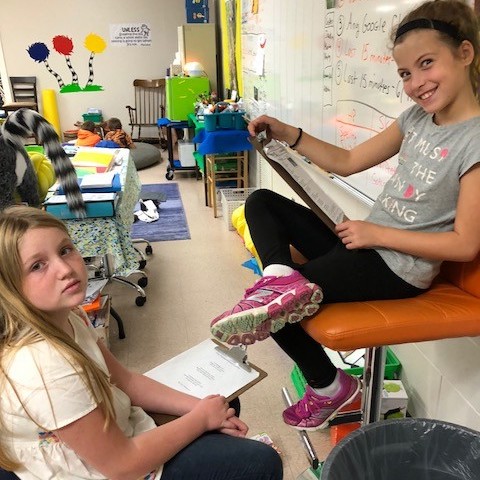
I introduced flexible seating into my classroom slowly and in small steps. As we teach using best practices of modeling, chunking, practicing, and giving feedback, so is the process of integrating flexible seating.
I started by creating a cozy reading corner with a few used chairs, a beanbag chair, and carpets. Student response was positive; they gravitated there to curl in and read. Next, I added basic stools from yard sales. The stools were embraced by students who loved to sit up straight and wiggle a little.
When I secured funding from our PTA, I ordered a few wobble chairs in various heights. These chairs were more challenging to integrate. In the beginning, learners were tempted to goof on them, causing some safety issues, falling off. Within a month, they mastered the use of these chairs, by modeling, practicing, and giving feedback on usage. They are now a class favorite for collaborative seating and effective at keeping students focused.
Next came more creative choices:
- wheeled tractor seats
- standing desks
- gaming chairs
- life-sized lego blocks
- rocking chairs
With each new seating choice, we held a community meeting to discuss usage expectations, the sharing system, and goals of these flexible seating choices, to encourage focused learning and collaboration.
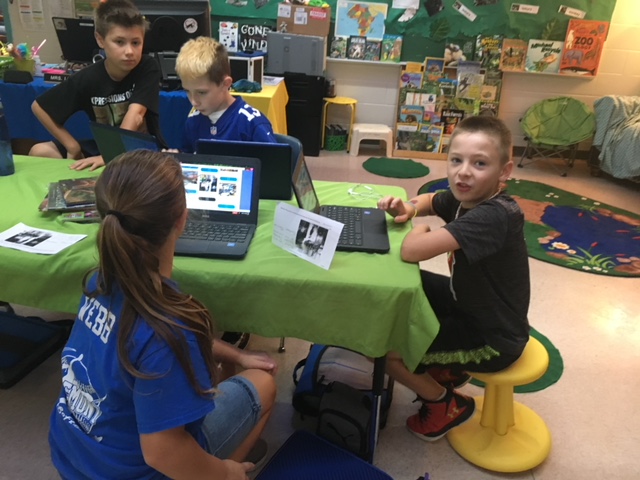
Students are now vested in our flexible seating classroom. Using our system, students sit (for the most part) appropriately in their seats, share them, collaborate in them, self-regulate their choices for the day, and engage in learning. Integrating this classroom design has been a learning process for us all. My advice would be to take it one seat at a time, model and explain the expectations, and have some flexibility. I cannot imagine my classroom without flexible seating.